They Paid to Laugh at Her Face, Called Her the Ugliest Woman Alive — But Men Still Lined Up to Marry Her
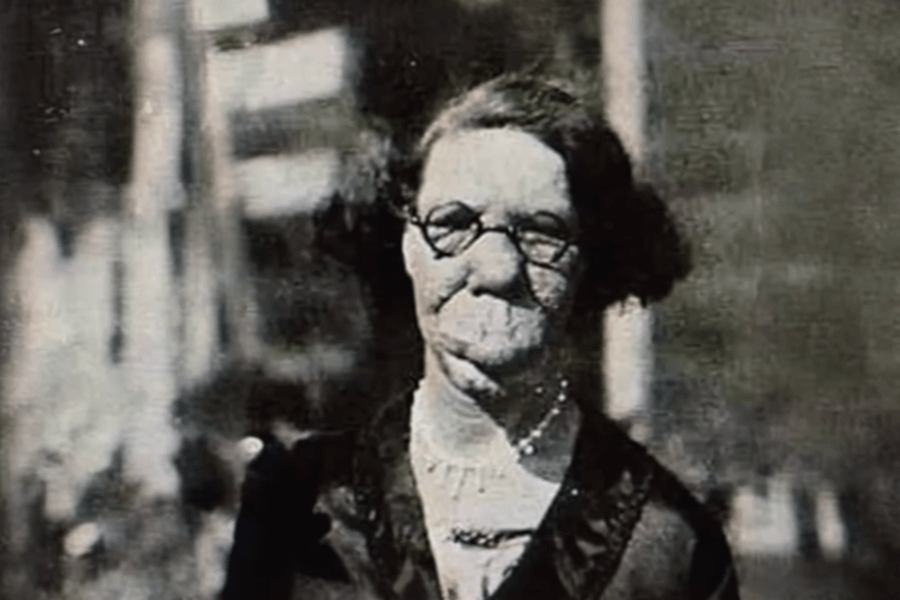
They called her a monster, paid to mock her, and plastered her image on freak show posters. But Grace McDaniels defied every cruel expectation. Beneath the stares and slogans, she stirred hearts, earning admiration, even marriage proposals, from men who saw past her face to the fierce, dignified woman within.
A Birthmark That Changed Everything
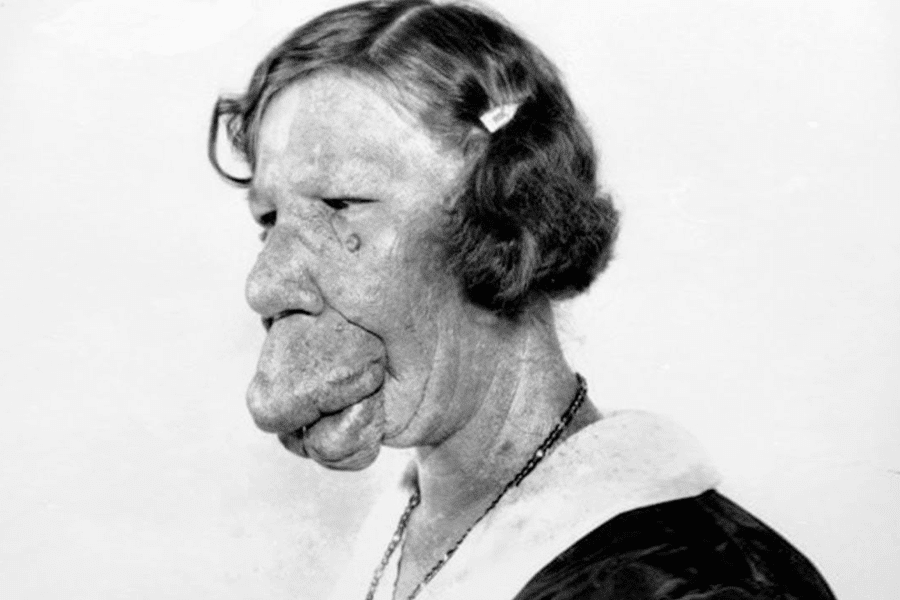
Grace was born in 1888 in Iowa with Sturge-Weber syndrome, a rare vascular disorder. Doctors had few answers, and her birthmark grew darker as she aged, drawing unwanted attention.
In an era lacking medical clarity, many assumed she was cursed or marked. Her condition was misunderstood by both medical professionals and the superstitious communities she grew up around.
Despite this, her family loved her fiercely. They stood against prejudice and shame, nurturing a child who would later need all the resilience they quietly helped her build.
A Childhood Shaped by Stares and Silence

Grace spent her early years in the quiet countryside, away from public life. But even in rural settings, her difference made her stand out in ways she never asked for.
Other children would point, whisper, or laugh, while adults stared silently. Grace became familiar with pity and ridicule long before she understood what those emotions truly meant.
Rather than retreat, she endured. Grace showed signs of deep emotional strength from a young age, facing each day despite society’s harsh gaze and limited empathy capacity.
The First Defender in Grace’s Life
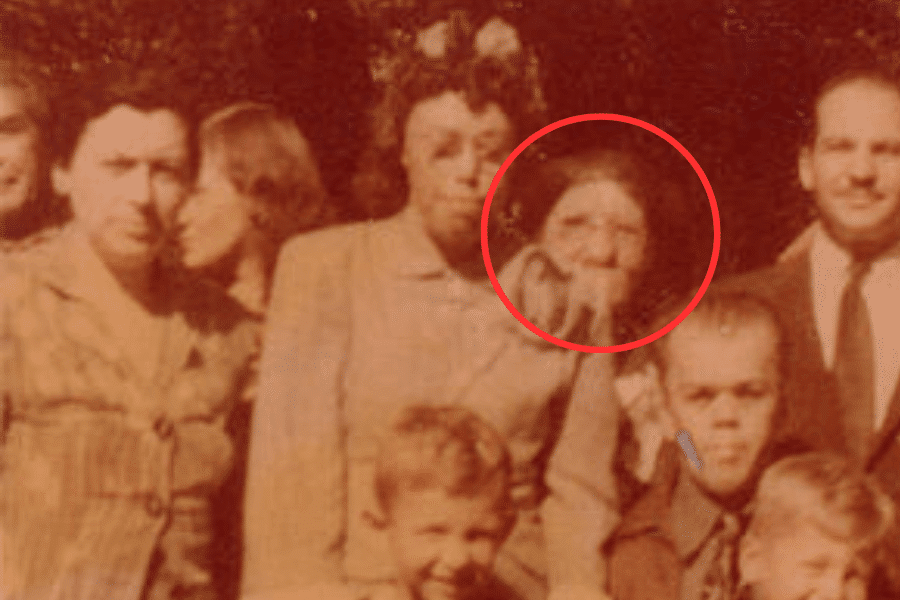
Grace’s mother became her first and fiercest protector. In a world that didn’t understand Grace, her mother cared for her, shielding her from society’s cutting gaze.
She taught Grace that love wasn’t earned through appearance. It was given freely, deeply, and without judgment. Grace would carry that example with her through a life filled with scrutiny.
That maternal love became Grace’s foundation. It didn’t erase the pain, but it helped her endure it with quiet strength and a dignity that would later define her legacy.
Learning Cruelty from the Playground
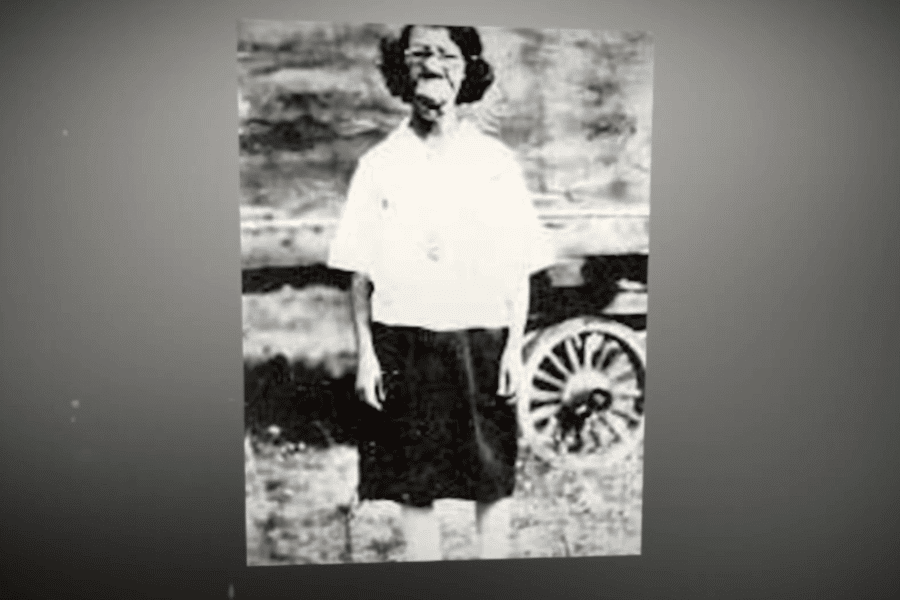
School should have been a place of learning and friendship, but for Grace, it was an arena of whispers, stares, and uncomfortable silences she never asked to bear.
Her classmates reacted with confusion, fear, or mockery. Some stared openly; others avoided her entirely. Teachers offered sympathy, but rarely intervention. Grace endured it all with heartbreaking grace.
Those years taught her how the world viewed difference, with suspicion and cruelty. Yet they also shaped her unyielding spirit and the resilience to carry her through adulthood.
Facing Herself in a Judgmental World
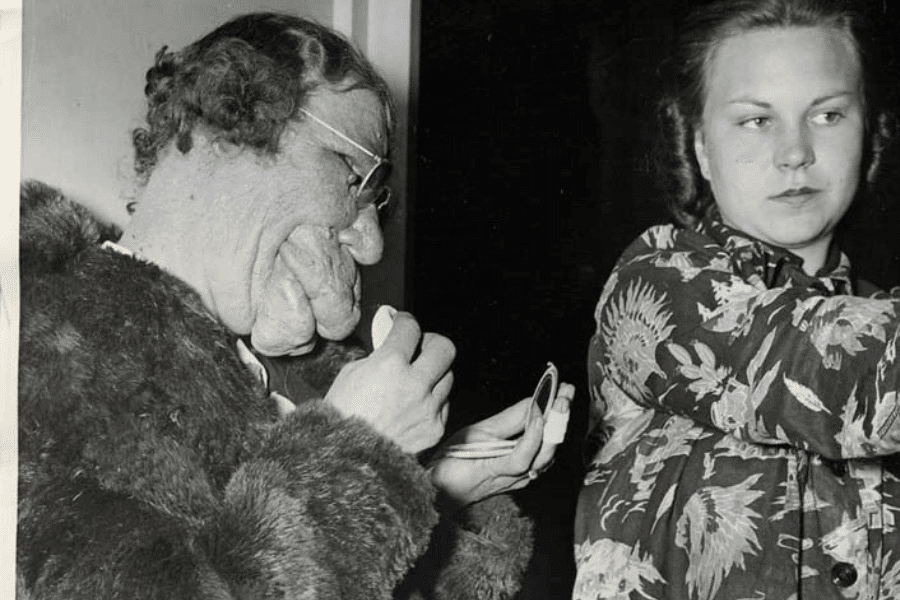
As a young girl, Grace was painfully aware of how others saw her. She was mocked regularly and struggled with deep sensitivity about her growing facial deformity.
She tried to cover the port-wine stain with makeup, hoping to blend in. But as the condition worsened, she began wearing a veil to shield herself from public cruelty.
Only later in life did Grace find the strength to embrace her appearance. She stepped into the spotlight not out of vanity, but as an act of survival and self-acceptance.
Answers Denied, Humanity Ignored

Grace’s family sought medical answers, but doctors were baffled. Sturge-Weber syndrome was barely understood, and treatments were nonexistent. Their advice? Keep her hidden and avoid public attention.
Some doctors viewed her as a spectacle rather than a patient. Instead of empathy, Grace received cold curiosity, as if she were a case study, not a child.
In time, Grace stopped seeking medical validation. The world wouldn’t change for her, so she learned to live in it on her terms—without apologizing or waiting for a cure.
A Quiet Voice They Tried to Silence
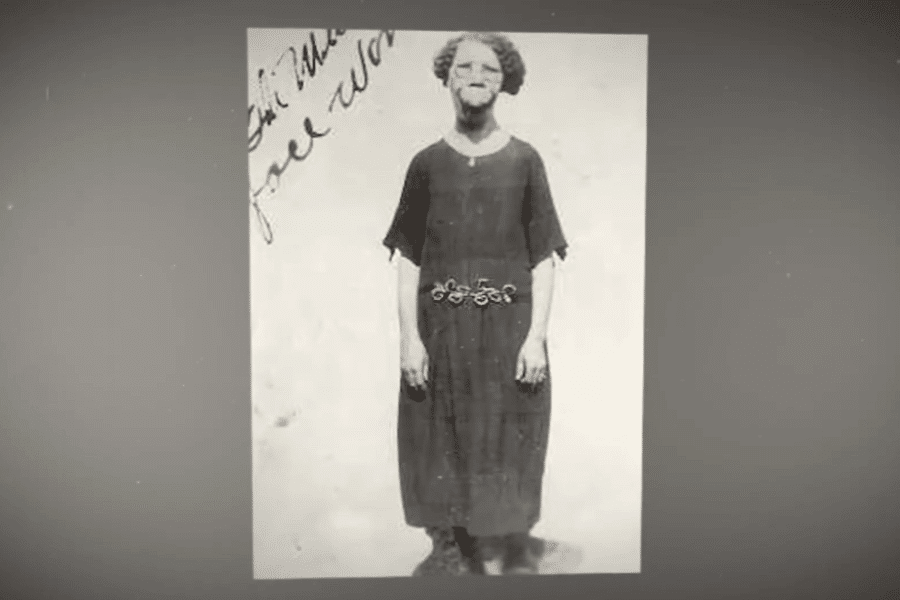
Though posters exaggerated her appearance, Grace’s voice remained calm and clear. She rarely shouted, but her presence was firm. When she spoke, it was measured and always meaningful.
The circus billed her with silence, calling her a creature, not a woman. Yet her words carried wisdom, humor, and maternal warmth many would never imagine.
She refused to perform emotionally. Her strength came from restraint, not spectacle. Grace’s voice, though soft, was a quiet rebellion against a world that wanted her muted.
Letters That Revealed the Woman Within

Grace often wrote letters during her travels—pages filled with reflections, small joys, and hopes for her son. Her pen captured thoughts she rarely shared aloud with anyone.
She described the changing landscapes, the audiences she faced, and the loneliness that crept in after performances. Her words revealed intelligence, warmth, and enduring emotional depth.
These letters were never for spectacle. They were honest, private, and sometimes heartbreaking—a window into a soul quietly navigating a life shaped by judgment, not genuine connection.
The Hidden Talent Nobody Ever Talked About
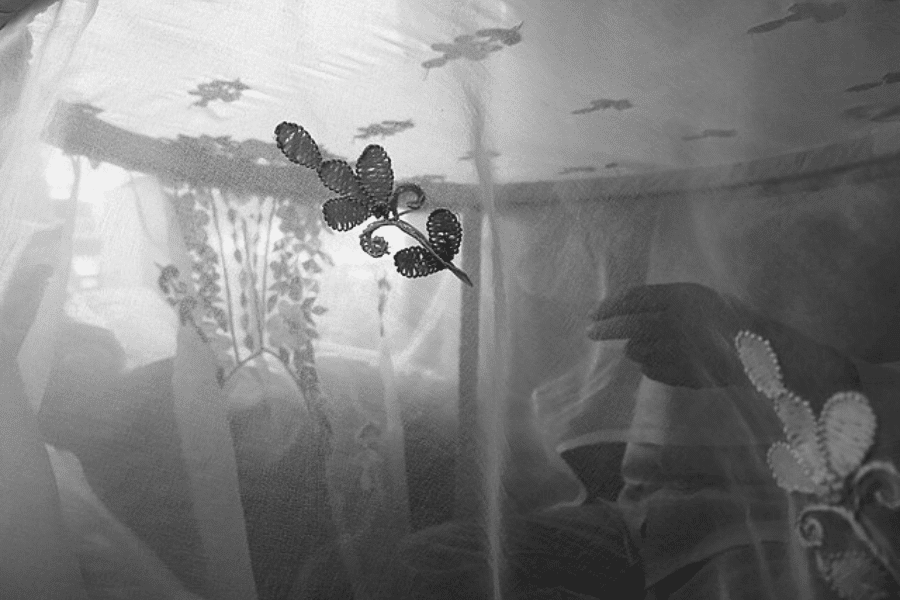
Away from cameras and crowds, Grace created beauty with thread and fabric. Her embroidery told quiet stories, each stitch revealing peace she rarely felt under the public’s gaze.
She crafted intricate patterns by lantern light, pouring her soul into shawls and pillows few ever saw. Her hands expressed what words and facial expressions couldn’t.
These quiet creations were never displayed in tents. They were for herself and her son—a reminder that even lives labeled as ugly still held gentleness and grace.
The Face They Couldn’t Look Beyond
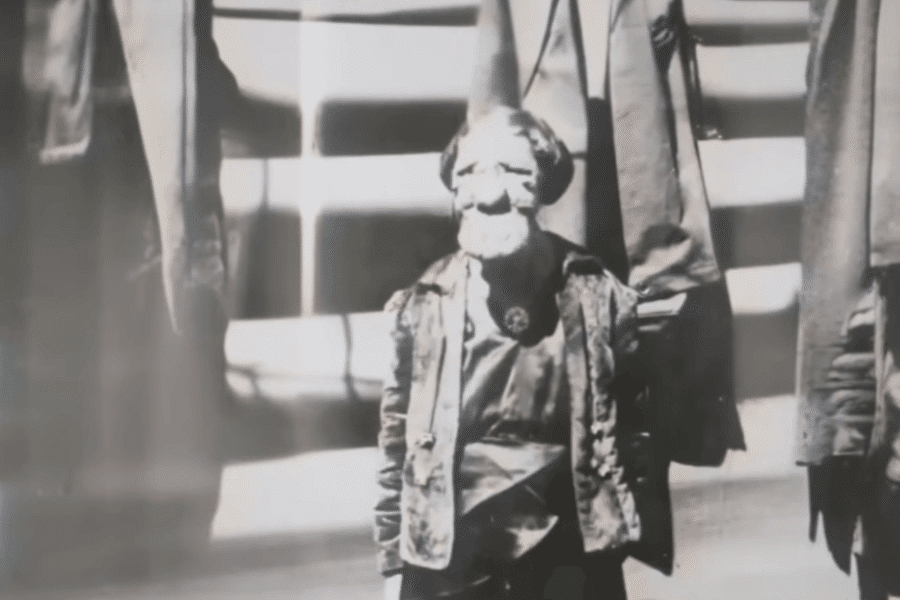
Grace McDaniels was born with a rare facial deformity, but the world didn’t see her story—just her face. Crowds gathered, but few ever looked beyond it.
People didn’t ask who she was—they only asked what she had. She became an unwilling curiosity, drawing crowds who couldn’t comprehend the person behind the condition they so eagerly judged.
Those stares, whispers, and the quiet strength she nurtured in response would shape her life. Grace McDaniels became more than a sideshow figure—she became a legend.
Choosing the Spotlight to Survive
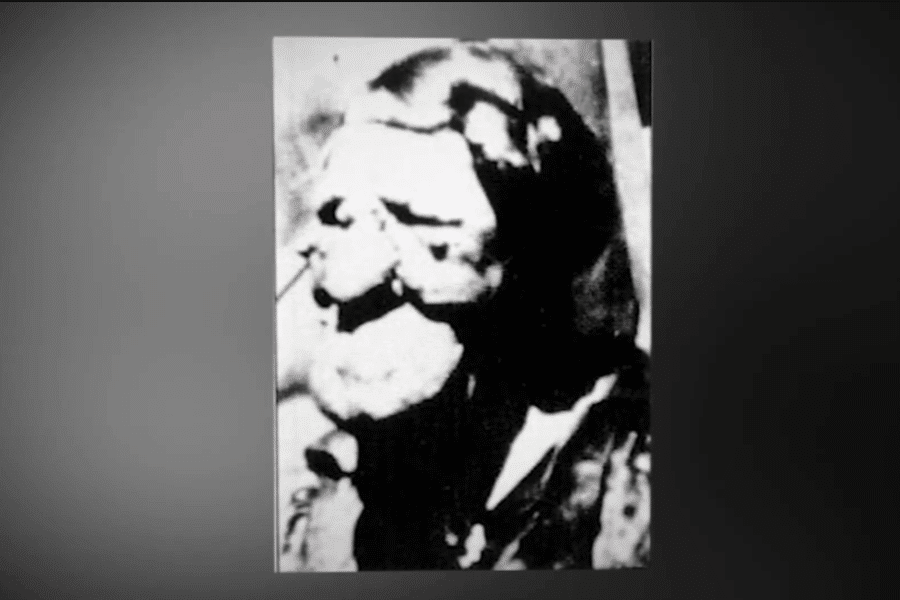
As adulthood approached, opportunities were scarce. Jobs rejected her based on looks, not merit. But the sideshow world offered something else—visibility, acceptance, and a way to survive.
It wasn’t an easy decision. Joining a circus meant turning her difference into performance. But it also meant financial stability and, for once, choosing how people would see her.
Rather than hide in shame, Grace stepped into the light. Her presence became her power, even if the spotlight came from society’s cruelest corners.
Enter the Circus: Grace Finds a Place
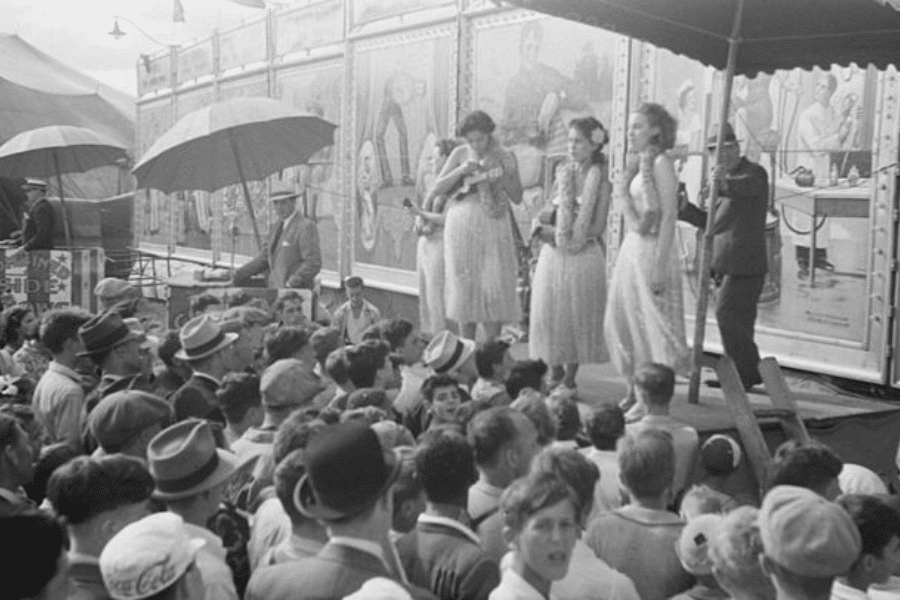
Traveling circuses welcomed those deemed “different” by the outside world. Grace joined a lineup of bearded ladies, conjoined twins, giants, and dwarfs—people who understood her burden intimately.
Life on the road wasn’t glamorous, but it offered something Grace had long craved: community. Among fellow performers, she wasn’t mocked or pitied—she was simply Grace.
With each show, she reclaimed her space. Though billed as a spectacle, she moved with quiet pride, showing the world she belonged—whether they approved or not.
The Fair That Changed Her Fate
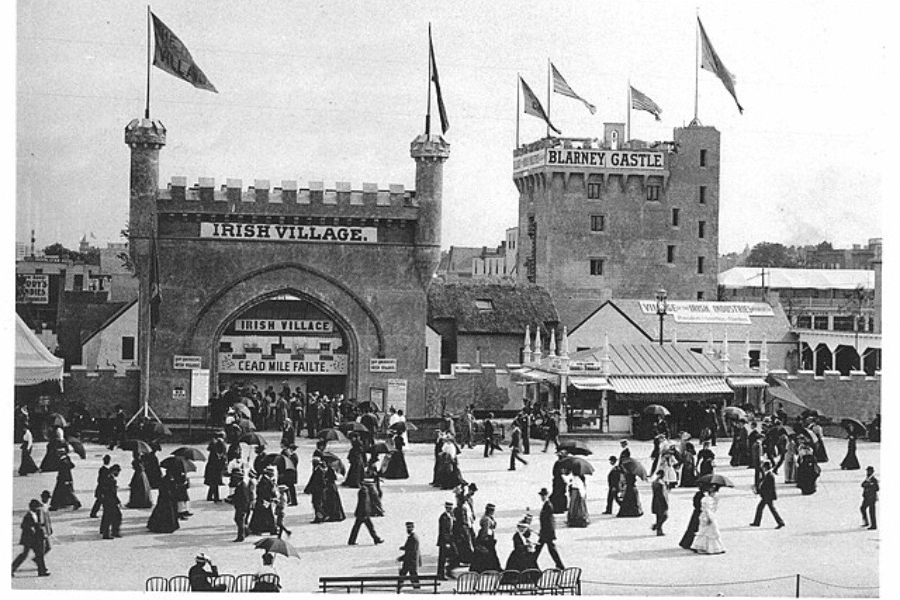
In 1933, Grace made a bold move by exhibiting her face at the Chicago World’s Fair. The crowd’s reactions varied, but one reporter’s words were cruel and dehumanizing.
Despite the mockery, the exposure launched her showbiz career. Two years later, she won The Ugliest Woman contest, a painful title that ironically opened new doors and boosted her visibility.
She signed with Harry Lewiston’s Traveling Circus and earned $175 weekly. Though the pay was substantial, it came with the cost of constant judgment.
The Conflict Between Exposure and Identity
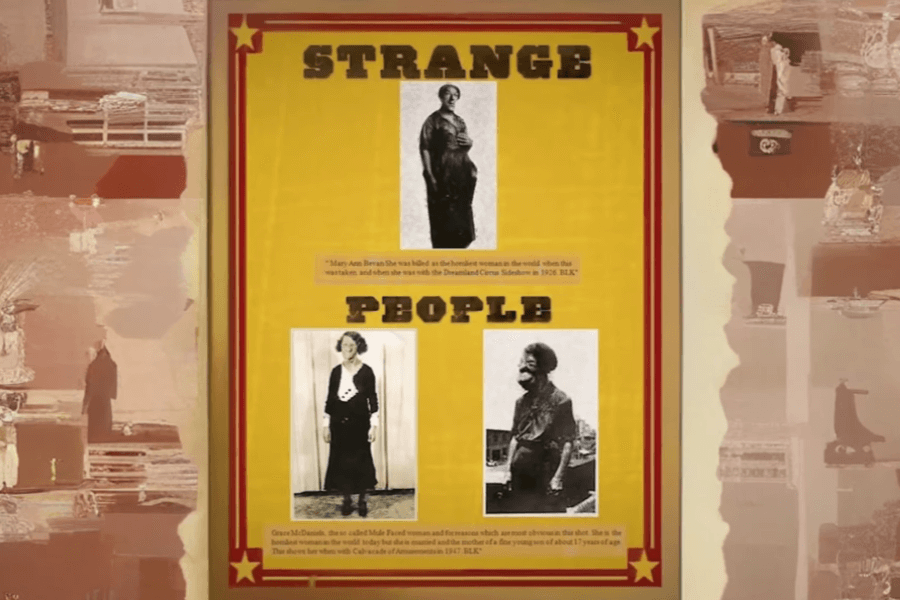
Grace traveled with a circus troupe across the United States and Canada, often sharing the stage with acts like Tony Marino, the sword swallower. But she struggled with how she was advertised.
Her first circus billing labeled her an “Ugly Freak,” a phrase that stung deeply. Grace sometimes refused to be photographed, believing it would betray her self-respect and reinforce the cruelty.
Eventually, she accepted the gaze with agency. She covered her ears during announcements of “Ugliest Woman,” but later asked to be billed as the “Mule-Faced Woman”—on her own terms.
Forced Acceptance
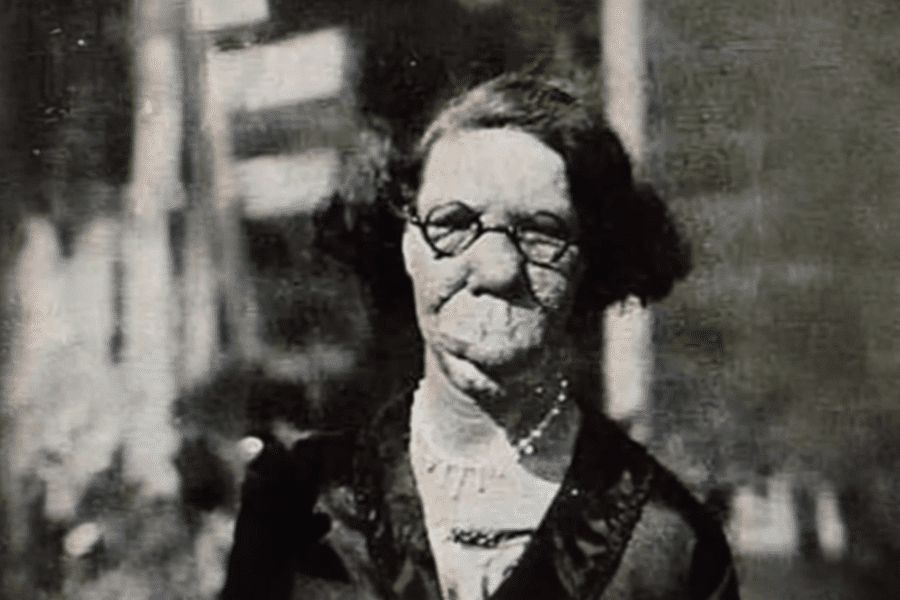
Promoters dubbing her “The Mule-Faced Woman,” turned her difference into a grotesque label. Posters advertised her with exaggerated claims meant to shock, not share her truth.
Grace never chose the title, nor did she embrace it. But she accepted its use, knowing it attracted the crowds that funded her survival and supported her son.
Behind that painful branding stood a woman who refused to let words define her. Grace bore the cruelty, not out of pride, but as a path to perseverance.
Found Family Among Society’s Outcasts
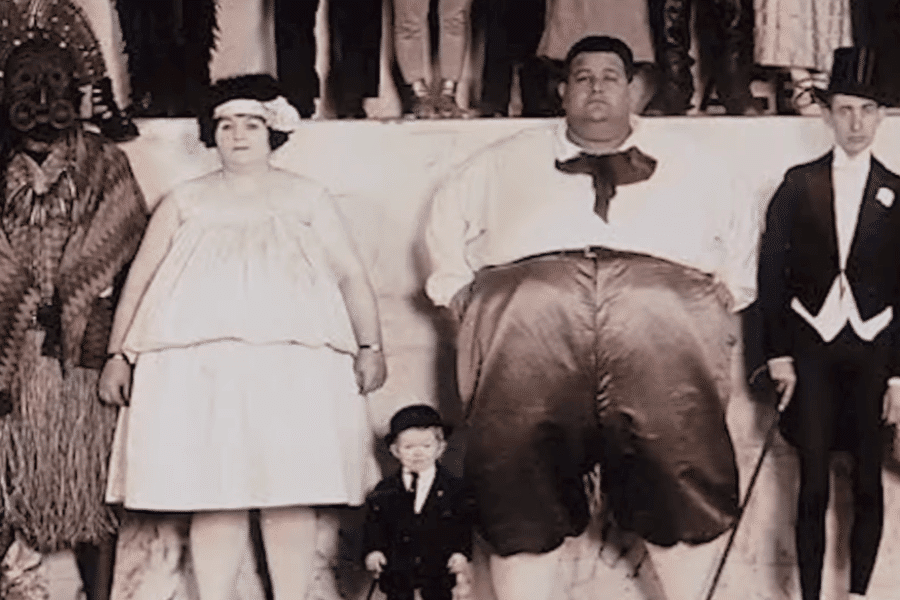
The circus brought Grace into contact with others cast out by society. These weren’t freaks—they were artists, survivors, and friends who lived on the fringes by necessity.
Together, they formed bonds. Grace shared meals and memories with people who never judged her. They laughed at night and leaned on each other in moments of pain.
Grace found comfort among them. They saw past her face, treating her not as a marvel but as a woman, a mother, and one of their own.
A Gentle Soul in the Harsh World of Freak Shows
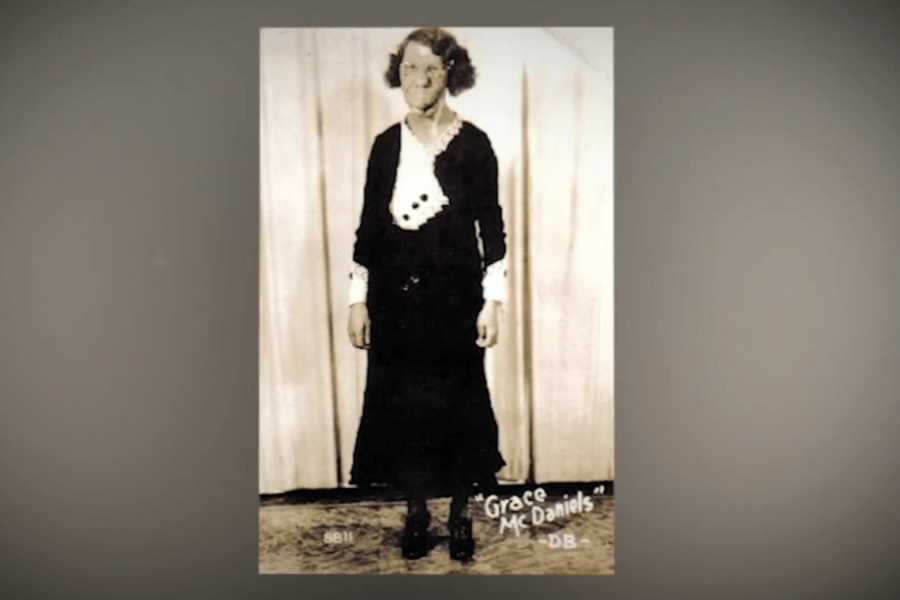
The freak show circuit could be cruel, driven by profit and spectacle. But Grace brought softness to the scene—a quiet presence who never exploited herself beyond necessity.
She offered kindness to other performers, often encouraging those newer to the circuit. Her calm demeanor contrasted with the chaos around her, soothing her presence.
Even when others viewed her as a curiosity, Grace treated people with dignity. In a world of harsh lights and louder voices, she remained quietly unshaken.
When Pity Turns to Profit: The Economics of Deformity
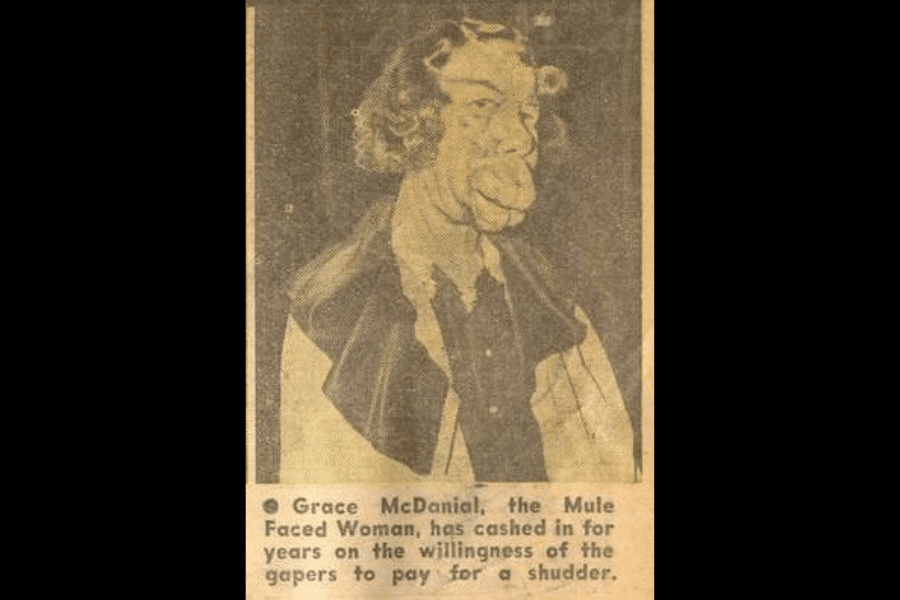
The sideshow thrived on pity masquerading as curiosity. Grace’s appearance drew crowds, but it was their discomfort—and fascination—that lined promoters’ pockets and paid her daily wages.
Every stare carried financial weight. Each ticket bought a moment of spectacle at Grace’s expense. She understood this equation and used it to secure her and Elmer’s survival.
Profit came with a price. Though financially stable, Grace endured being seen as tragedy, not triumph—her worth measured by others’ discomfort, never her inner resilience.
Dignity Behind the Tent Flaps
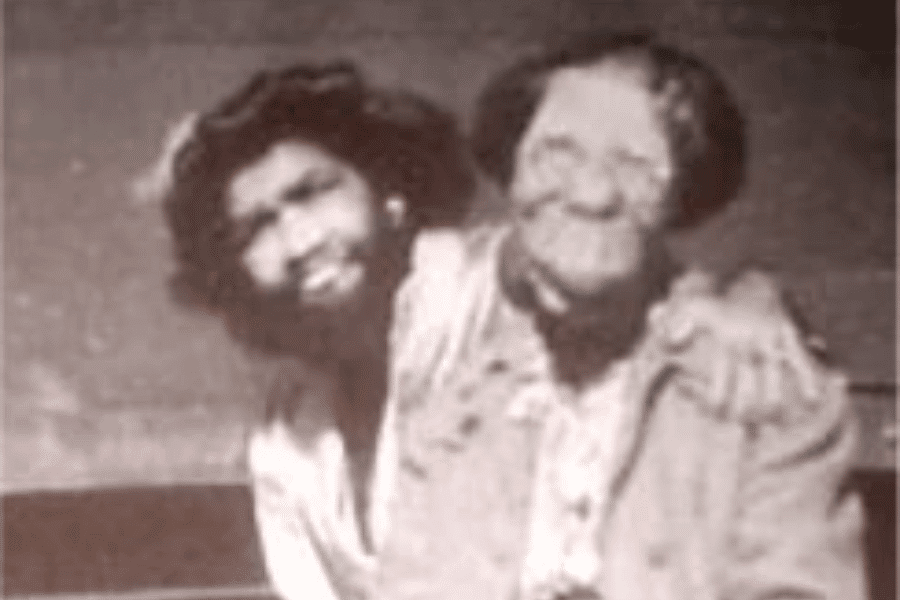
Offstage, Grace led a peaceful life. She cooked, sewed, and cared for her son. Her tent was a haven, free from the scrutiny she faced under the lights.
She rarely spoke about her condition and never complained. Her coworkers admired her composure and kindness, even as she endured daily public judgment that most couldn’t imagine.
In her private world, she reclaimed her identity. Grace wasn’t a sideshow attraction there—she was a mother, a woman of patience, and a source of quiet strength.
Shame to Survival: Turning Differences into Income
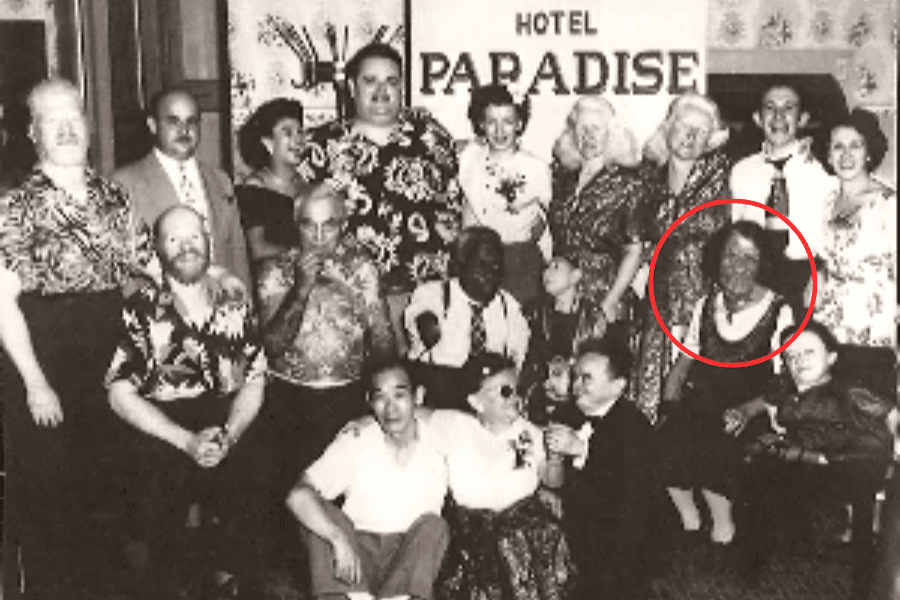
Grace learned to transform her differences into a livelihood. What once brought shame now paid her bills, fed her son, and offered stability in a world that rejected her.
She didn’t chase fame or enjoy attention. But the sideshow gave her control, allowing her to choose how her image was used—if only within narrow bounds.
With each paycheck, she defied the pity others projected. Grace was not a victim of her appearance, but a survivor who shaped her own place in society.
Her Greatest Gift
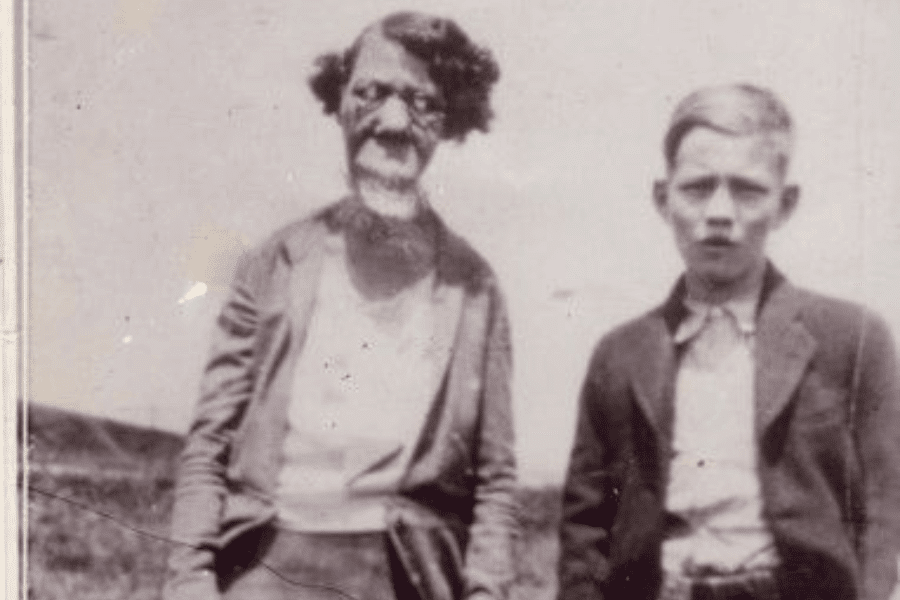
Though many found her appearance shocking—some even fainting at the sight—Grace’s life wasn’t void of admiration. Rumors of marriage proposals followed her across towns and showgrounds.
Whether she married remains uncertain, but she did experience deep love through her son Elmer, born in 1935. She often called him her greatest treasure, a light in her darkest hours.
Grace’s devotion to Elmer shaped her world. She prioritized his happiness above all, determined to protect him from the same judgment that once shaped—and nearly broke—her own youth.
Raising Elmer: A Mother’s Fierce Devotion
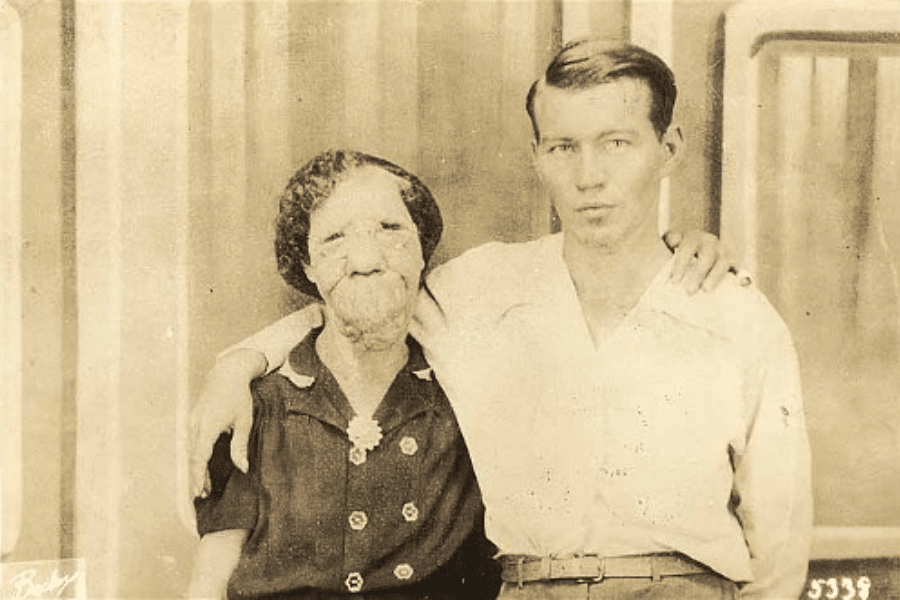
Grace raised Elmer with tenderness and discipline. She shielded him from the cruelty she knew too well, determined to give him a childhood untouched by public humiliation.
She didn’t want him to follow her path through sideshows. Instead, she dreamed of education, freedom, and a life where he wouldn’t be judged by his appearance.
Her devotion was unwavering. Everything she endured—every insult, every performance—was so he could live with dignity. Grace wasn’t just a performer; she was a fiercely protective mother.
A Son’s Rise and Fall
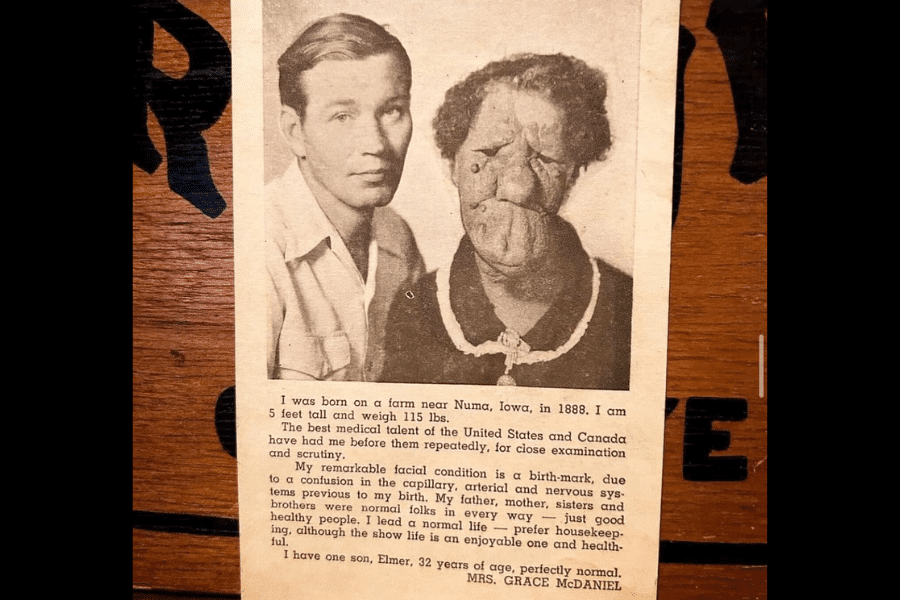
As Elmer grew older, he was often admired for his good looks and charm. He eventually became Grace’s traveling business manager, helping manage logistics while she performed.
Behind the scenes, however, Elmer’s life unraveled. He became addicted to morphine and alcohol, often stealing from Grace and the circus to feed gambling debts.
The behavior fractured their professional ties and personal bond. After the circus parted ways with Grace, Elmer’s decline continued until he eventually died from liver cirrhosis.
Battling Shame in a World That Wouldn’t Look Away
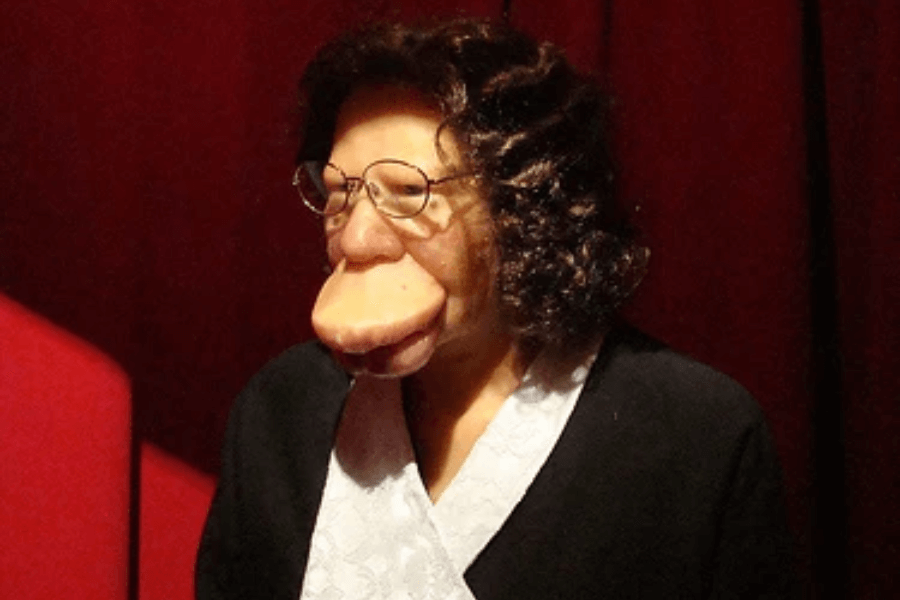
Shame followed Grace like a shadow. Not from within, but projected by a world that stared too long, spoke too loudly, and rarely saw her as human.
She refused to crumble under it. Grace wore plain dresses and carried herself with quiet dignity, reminding others that shame belonged not to her, but to their judgment.
Though never free from public scrutiny, she found strength in enduring it. Each day she stood before an audience was an act of defiance wrapped in grace.
The Kindness of Strangers—and the Cruelty
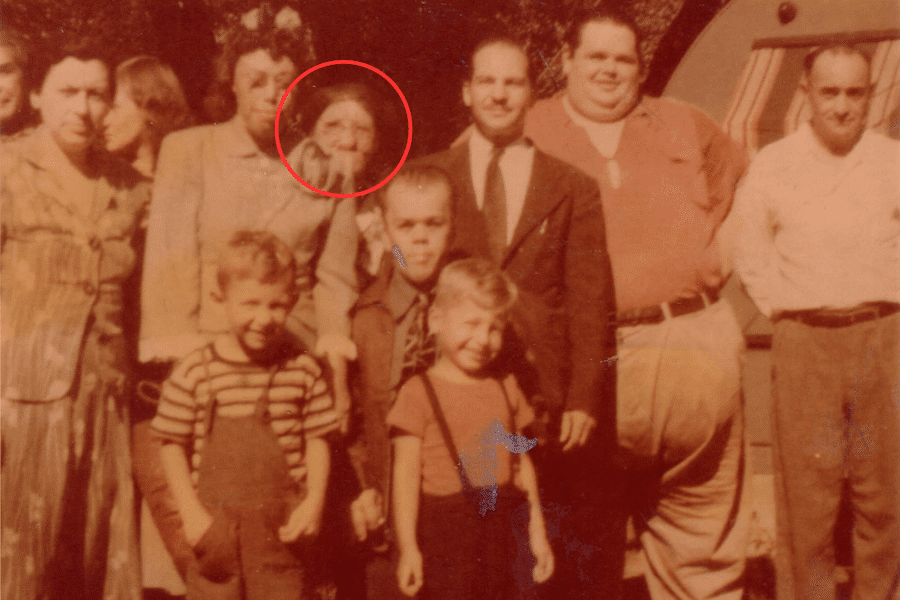
Not everyone stared in scorn. Some offered kind words, thoughtful letters, or simple acts of humanity that gave Grace hope that compassion still lived within the crowd.
But cruelty always found its way through. Shouted insults, mocking laughter, or newspaper headlines that stripped her of dignity reminded her how far kindness still had to go.
Grace remembered every act of both extremes. Her resilience was forged in that contrast, balancing the memory of warm gestures against the sting of society’s ongoing ridicule.
Life on the Road: Trains, Tents, and Towns

Grace’s life unfolded along dusty roads and train tracks. Each town brought a new crowd, a new tent, and another night under canvas with applause and judgment intermingled.
She lived from trunk to suitcase, sleeping in modest quarters and eating at campfire kitchens. Her belongings were few, but she carried resilience and her son’s love.
The road was both cage and escape. Though always moving, she rarely felt free—just tolerated, accepted in passing, yet still far from truly belonging anywhere permanent.
Exploited or Empowered? The Debate Behind the Curtains
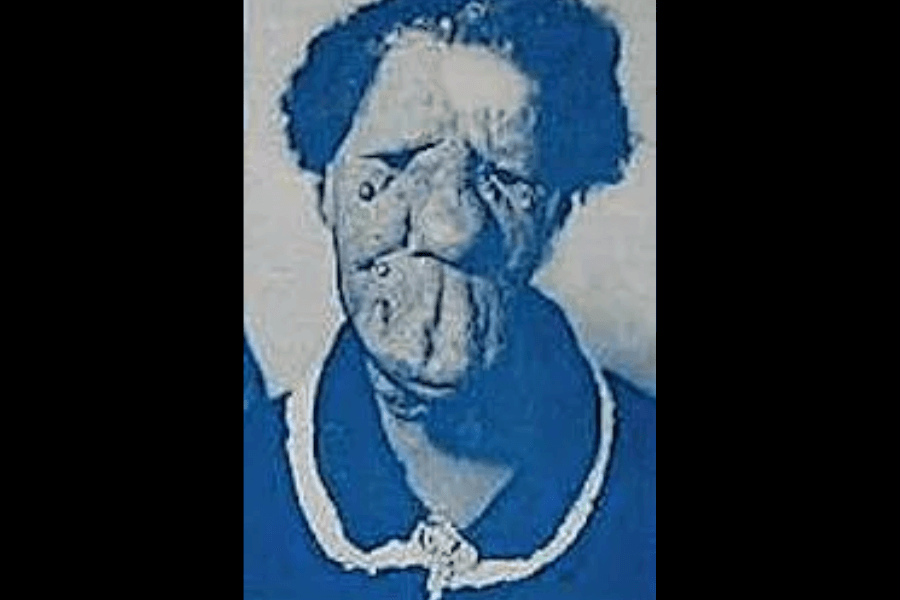
To some, Grace was a victim of exploitation, used by promoters who profited from her pain. To others, she was empowered, choosing the circus on her terms.
The truth lived somewhere between. She accepted the spotlight because she had few alternatives. But she also demanded respect backstage and set boundaries others feared to voice.
Grace didn’t romanticize her life or wallow in pity. She made complex choices, navigating survival, sacrifice, and strength within a system that rarely offered fairness.
Sunday Mornings and Silent Prayers
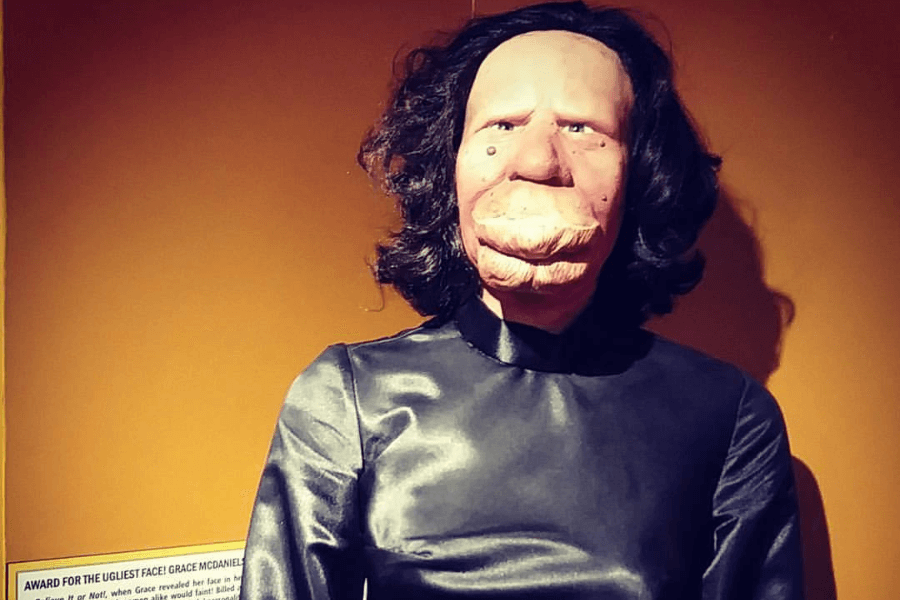
Despite her public life, Grace found comfort in quiet faith. On Sunday mornings, she prayed softly, asking for strength, protection for her son, and peace beyond the spotlight.
Her belief wasn’t performative. It wasn’t for the crowd or colleagues—it was personal. A private source of hope, routine, and grounding in an otherwise unpredictable, wandering life.
In those sacred moments, Grace wasn’t a performer. She was simply a woman talking to God, seeking reassurance that her pain had purpose and her journey had meaning.
Love, Longing, and Loneliness Under the Spotlight
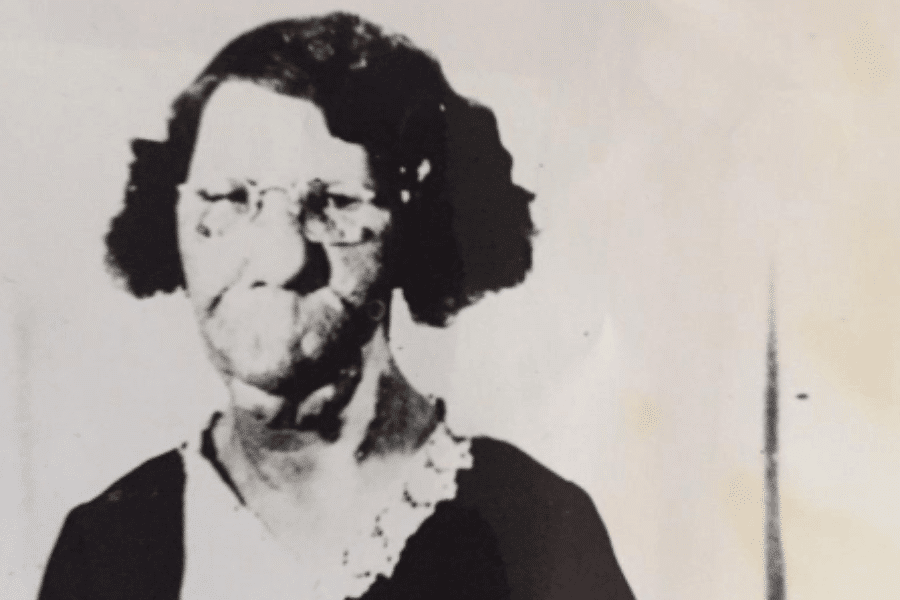
Despite the crowds, Grace often felt alone. She longed for someone who saw her beyond the stage, someone who could love her without flinching at her face.
She watched couples in the audience with quiet envy, imagining what it might feel like to be held, not out of pity, but genuine affection and respect.
Romance never truly found her. But Grace still believed in love. She poured it into her son, her letters, and the soft, steady care she gave daily.
The Silent Suffering of Grace McDaniels
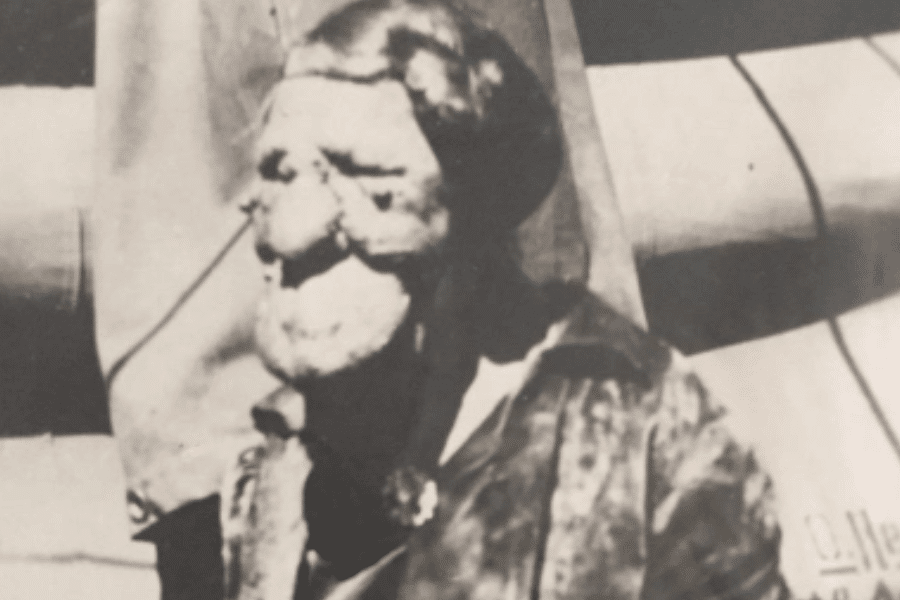
Grace rarely voiced her struggles, but her eyes revealed years of heartache. Each show, each photo, each stare etched deeper lines that no makeup or smile could hide.
She suffered in silence—not for pride but for survival. Complaints wouldn’t pay the bills or protect Elmer, so she carried her burden with quiet, enduring strength.
Her pain wasn’t always physical. It lived in unspoken loneliness, unseen rejection, and the emotional cost of living behind a mask society refused to look beyond.
Beyond the Face: A Story Few Wanted to Hear
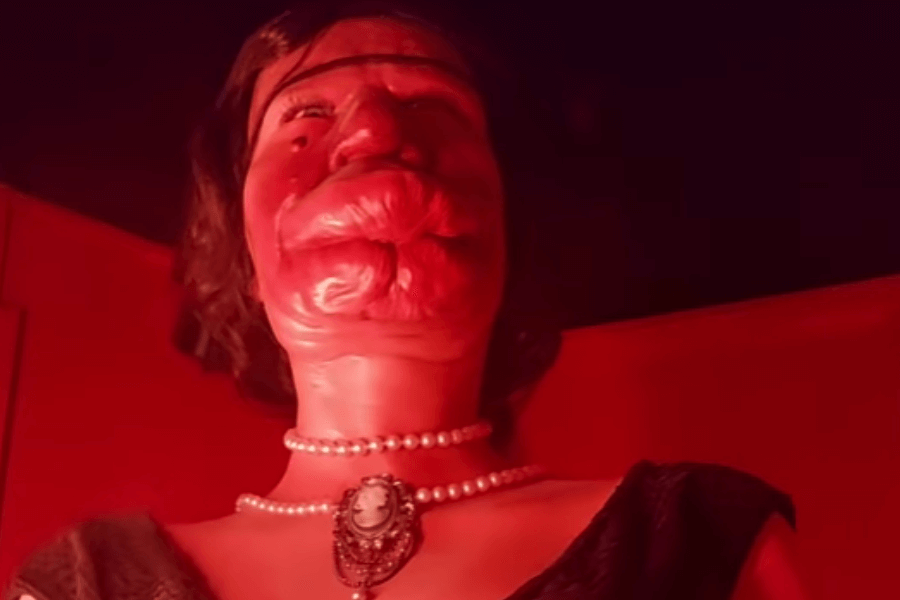
Audiences came to see her face, not hear her voice. They left knowing her label, but not her story, missing the woman beneath the skin they sensationalized.
Grace had thoughts, talents, and memories the posters never revealed. But few stayed long enough to ask her who she was, only what she looked like.
She wasn’t angry—just disappointed. She longed not for applause, but understanding. In a world obsessed with the unusual, she simply wanted to be seen as whole.
The Last Show: Grace’s Final Performance
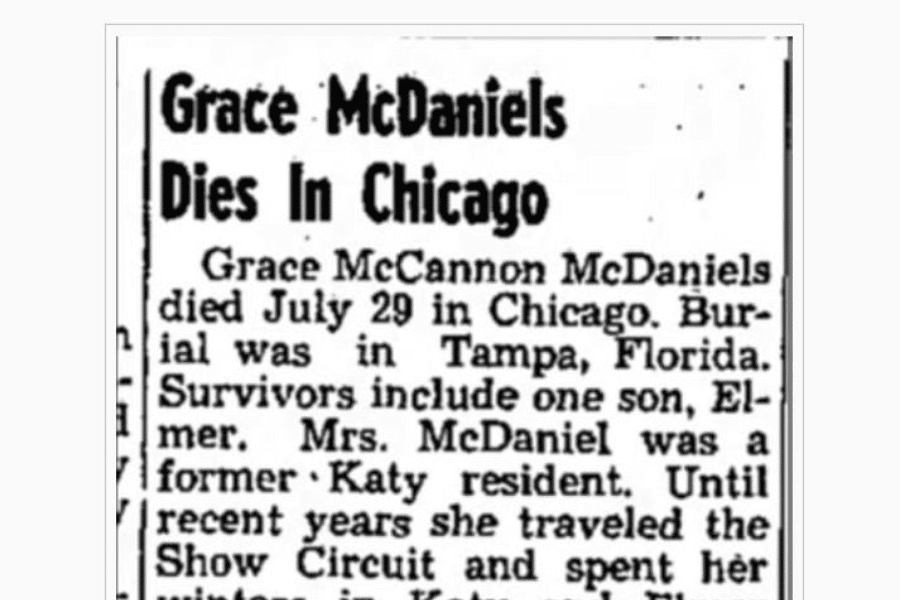
As years passed, Grace’s health declined. Weary from life on the road, her body finally gave in. One day, quietly, she stepped away from the spotlight forever.
There were no grand farewells. No glittering sendoff. Just a slow retreat from a world that never fully saw her, even as it relied on her presence.
Her final performance ended not with applause, but with silence. It was in that silence that Grace found rest after a lifetime of being seen, but never truly known.
The Tragedy Behind the Curtains
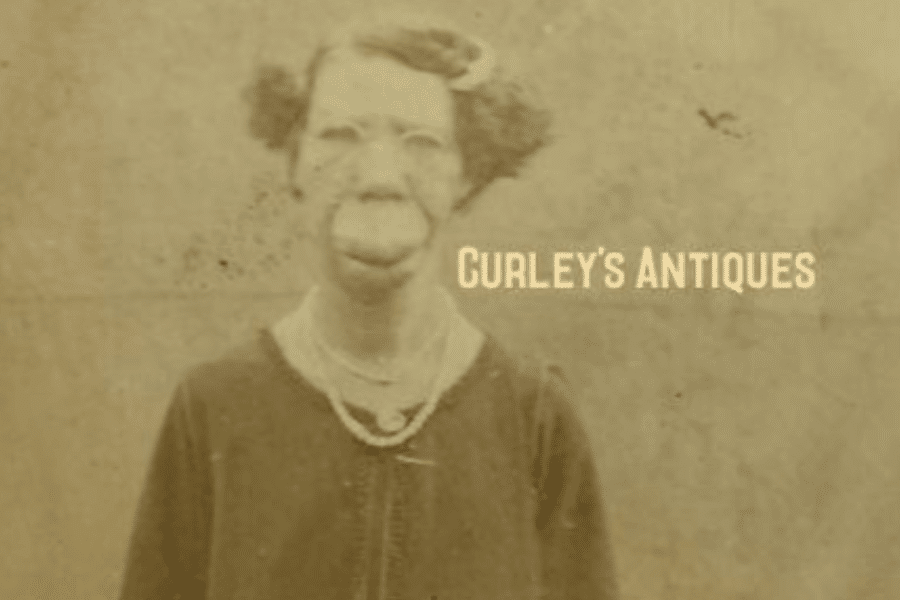
When Grace passed away in 1958, headlines didn’t mourn her loss. The circus moved on. Her death was quiet, unnoticed by a world she once fascinated.
No crowds gathered, no tributes aired. Yet behind the scenes, those who truly knew her felt the weight of her absence. Her warmth had steadied many in uncertain times.
The tragedy wasn’t her death—it was that her humanity was overlooked while she lived. Grace deserved more than a life reduced to postcards and passing curiosity.
A Simple Grave, a Complex Life

Grace was buried in Council Bluffs, Iowa, beneath a plain gravestone. No titles, no slogans—just her name, marking the end of a life lived with quiet tenacity.
Her grave didn’t boast fame or tragedy. Yet it held a profound story than many knew—a tale of motherhood, survival, and strength wrapped in suffering.
It was a modest end to an extraordinary journey. And perhaps, in its simplicity, it offered the dignity she was so often denied in life.
Her Legacy in Photos—and in Memory
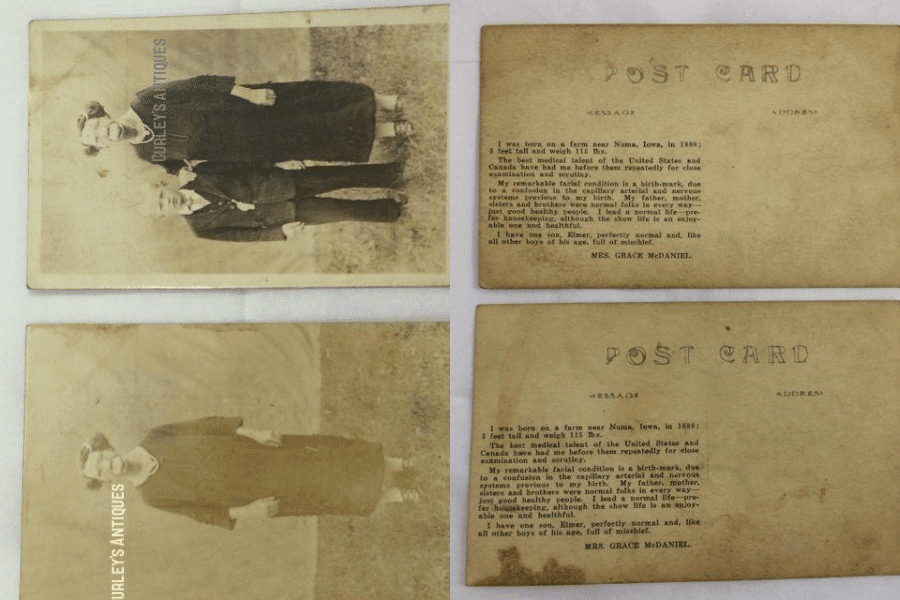
Grace’s image endures in vintage postcards, black-and-white circus posters, and collector archives. Her face became an icon—not for beauty, but for the world’s complicated relationship with difference.
Those images rarely honored her life. They froze her in time, always silent, always labeled. But behind those eyes was a woman who lived far beyond the frame.
Today, her legacy isn’t just in photographs—it’s in the questions she leaves us. Who gets to be remembered, and how much of their truth gets told?
What Our Gaze Reveals
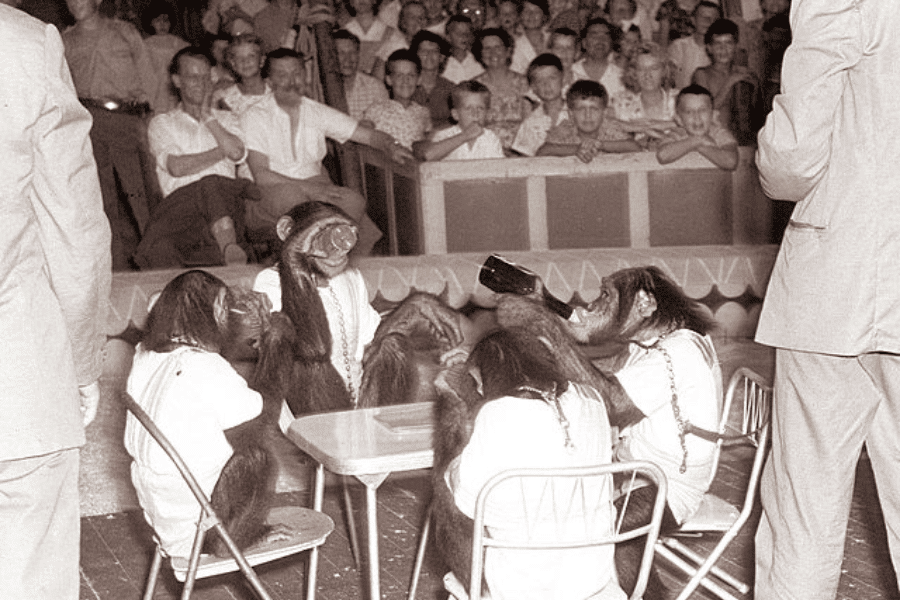
Grace’s life forces us to reflect on our gaze. Why do we stare? And what does it say about us when we see people only as curiosities?
Staring turns people into objects. Grace has been stared at her entire life—often with fear, sometimes with pity, and rarely with compassion. Each glance chipped away at her dignity.
Her story teaches us the need for mindful witnessing, to look with understanding, not entertainment, to see the whole person, not just the parts that make us uncomfortable.
How Grace’s Story Still Echoes in Sideshow History
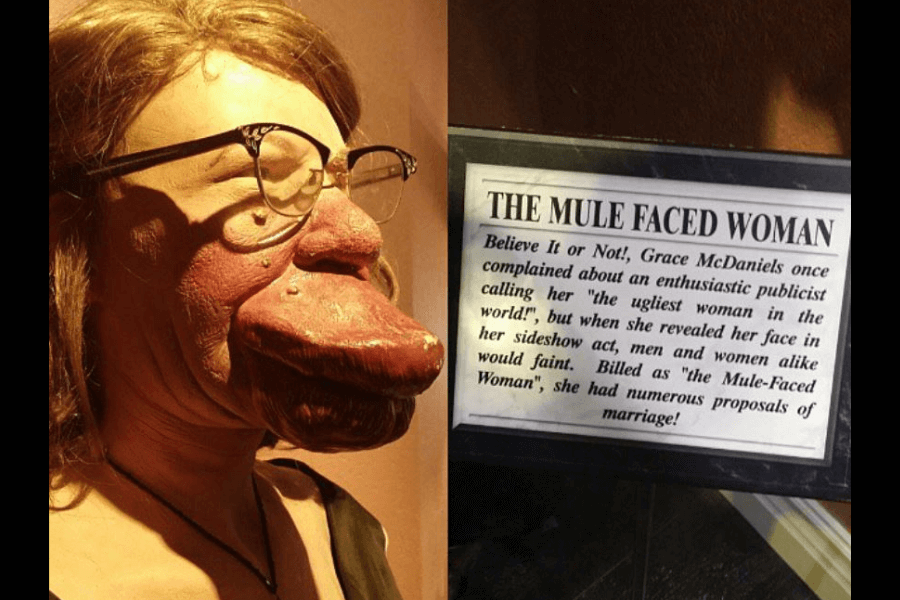
Historians now revisit Grace’s life with more compassion than her era allowed. She’s no longer just a footnote in freak show lore, but a figure of resilience.
Her name appears in books, documentaries, and museum exhibits focused on human oddities. But now, the narrative shifts—from mockery to understanding, from spectacle to humanity.
Her story challenges how we frame history. It reminds us that behind every “oddity” was a person, a past, and a soul who deserved to be heard.
Not Just a Face: Reclaiming Grace’s Humanity
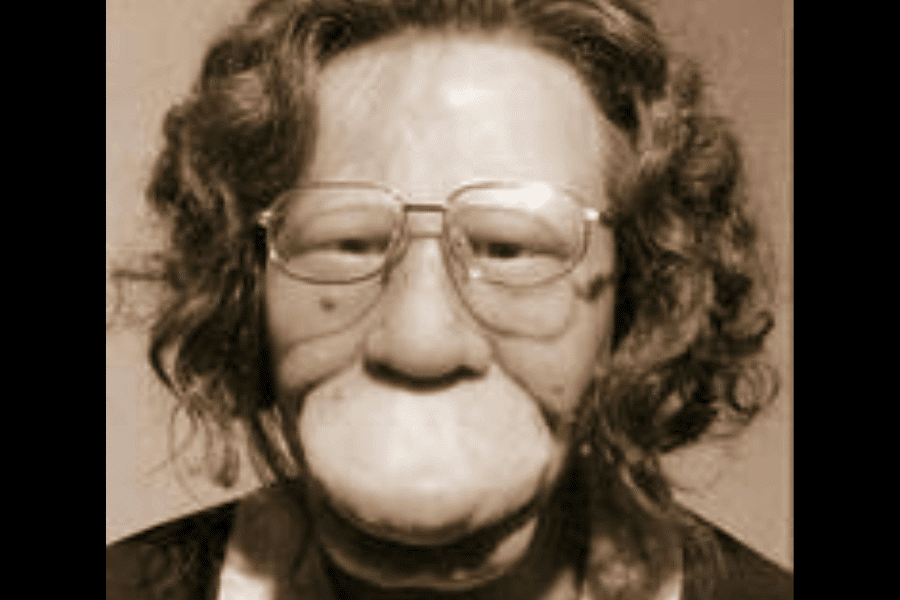
Grace was not a sideshow act. She was not a postcard. She was not the sum of her condition. She was a full, complex, feeling human being.
Too often, society reduces people to their visible differences. Grace’s story reminds us of the danger of forgetting someone’s humanity for morbid fascination.
To reclaim her story is to rewrite the narrative, centered not on deformity, but on identity. She wasn’t a freak. She was Grace, and she mattered.
The Mule-Faced Woman or the Mother Who Endured?
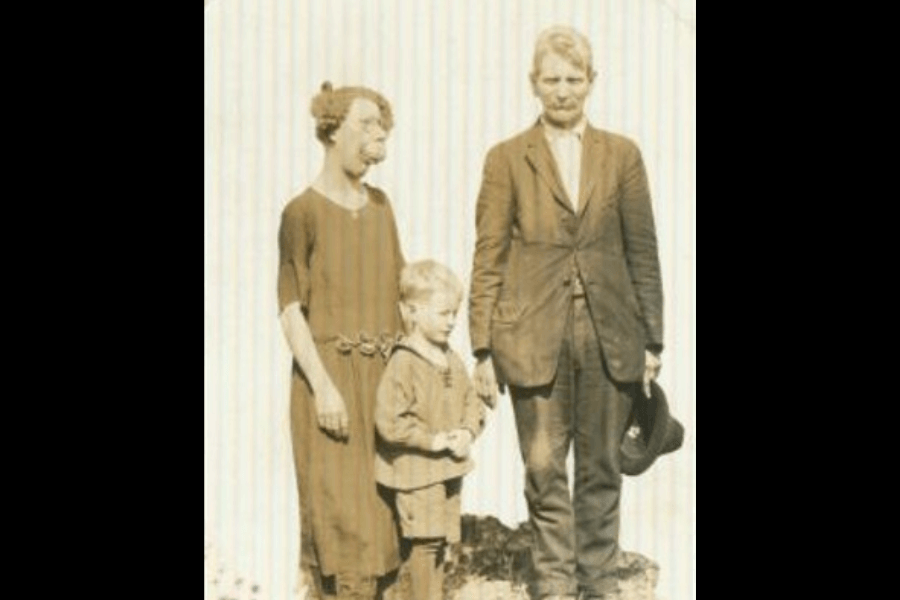
To the public, she was “The Mule-Faced Woman.” But to those who knew her, she was a mother, protector, and survivor who carried love deeper than pain.
Labels cannot contain life. Grace was more than her deformity. Her strength wasn’t in her appearance—it was in how she endured, loved, and refused to be broken.
Her legacy depends on how we choose to remember her. Will we echo the headlines, or will we honor the woman who lived far beyond them?
Rethinking “Beauty” Through Grace McDaniels’ Eyes
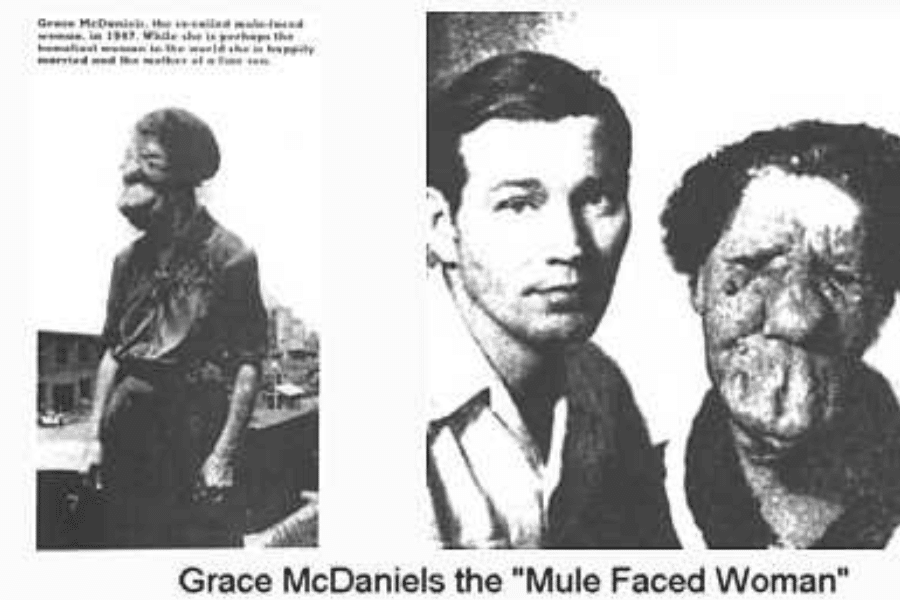
Grace challenged society’s obsession with beauty. Her life asked an urgent question: What if beauty isn’t in the face at all, but in the choices a person makes?
She showed beauty through devotion to her son, through patience with strangers, and through daily acts of courage few could recognize in such a judged exterior.
Her story redefines beauty—not as symmetry or flawlessness, but as the grace to live with compassion in a world that rarely returns it.
Grace McDaniels: The Woman Who Refused to Hide
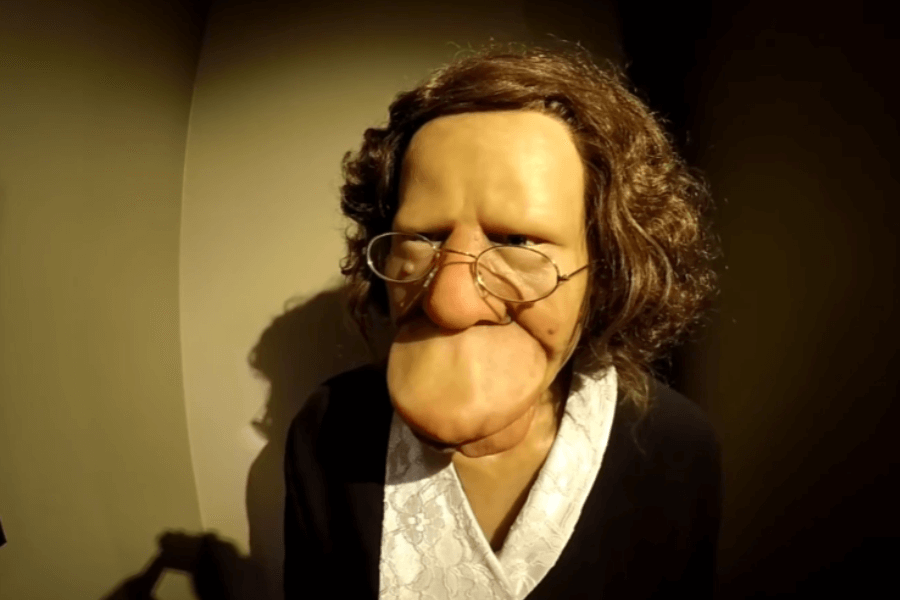
Though society told her to disappear, Grace chose to be seen. Not to shock or disturb—but to live, provide, and reclaim space that wasn’t freely offered.
She did not hide in shame. She stepped into the public eye with courage, accepting judgment as a cost, and carving identity from the world’s refusal to understand.
In the end, Grace McDaniels lived up to her name. She faced the unimaginable with strength and left behind a legacy no cruelty could ever erase.
Forgotten No More: Documentaries and Renewed Interest
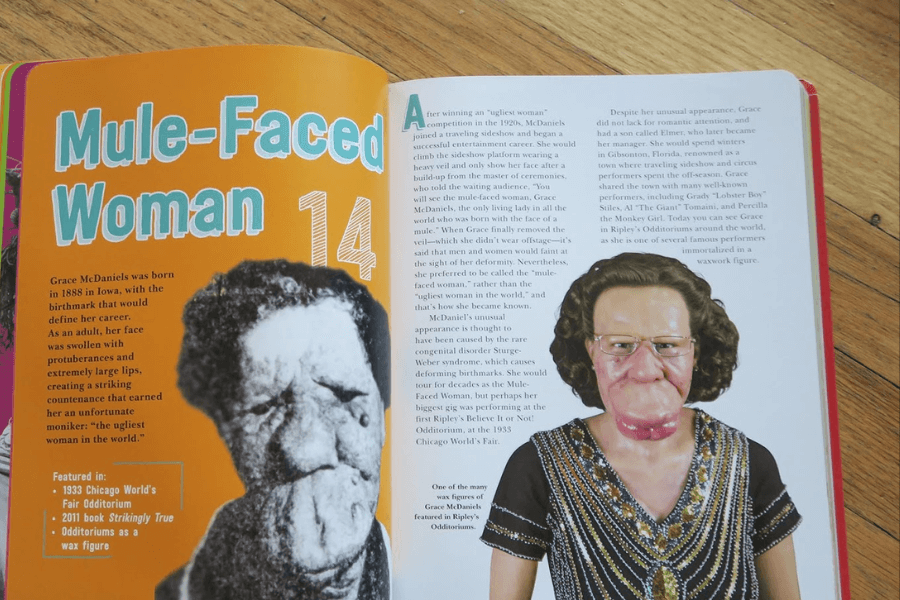
Modern storytellers are reclaiming Grace’s legacy. Documentaries, books, and articles now portray her with empathy, centering her voice instead of just her image in historical freak show narratives.
Audiences today are more willing to ask hard questions: Who was Grace McDaniels? What did she feel? What did her life say about how we treat others?
This renewed interest isn’t exploitation—it’s restoration. It’s a long-overdue chance to see her as more than a visual marvel—a woman whose story deserves the spotlight.
What Grace Taught Us About Acceptance
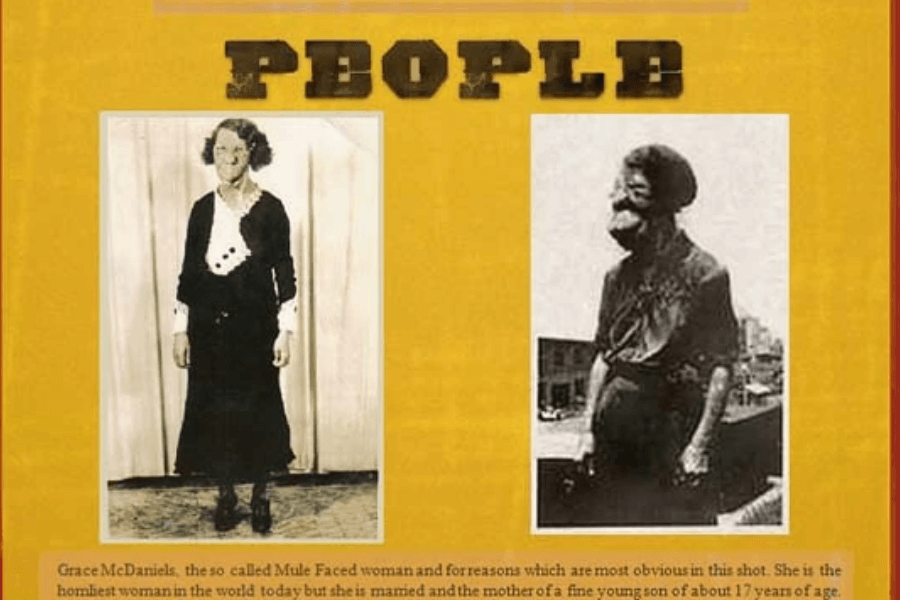
Grace’s life teaches that acceptance isn’t pity—it’s understanding without conditions. She asked not to be admired but acknowledged as worthy of love, respect, and ordinary human dignity.
She carried her difference with grace, never demanding the world to change, but hoping it might someday learn to see with softer eyes and listen more attentively.
In her quiet resilience, she modeled acceptance of self and others. And in doing so, left behind a powerful reminder: we are more alike than we appear.
To See Her Clearly: A Final Act of Understanding
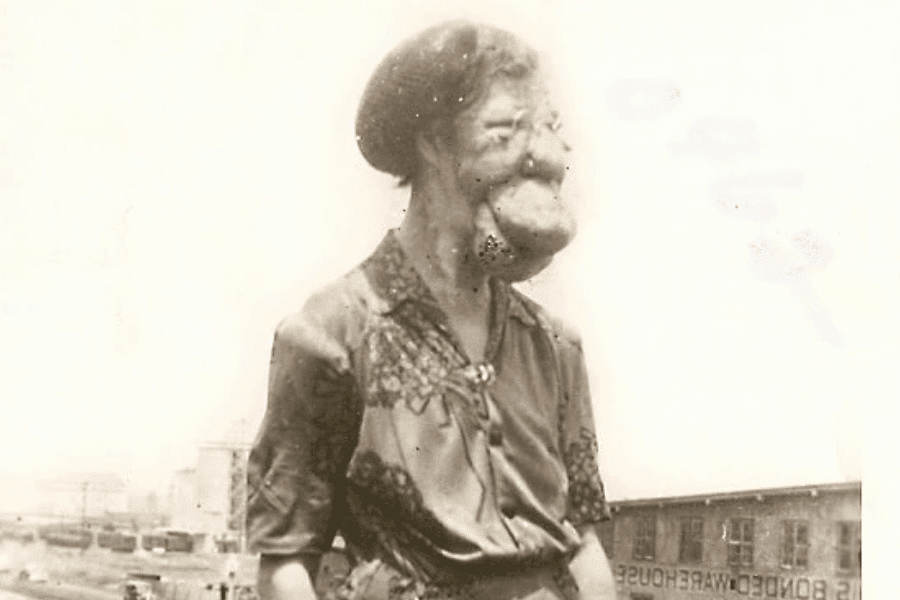
To truly see Grace is to go beyond the poster and the photograph. It’s to understand the love, pain, and dignity that shaped the woman beneath the surface.
She was more than the name given to her by a cruel world. She was a daughter, a mother, a worker, a friend—each role filled with quiet strength.
When we choose to see her clearly, we affirm her humanity. And in doing so, we affirm our own capacity for compassion, depth, and redemption.
Rewriting Her Name in History: Why Grace Still Matters
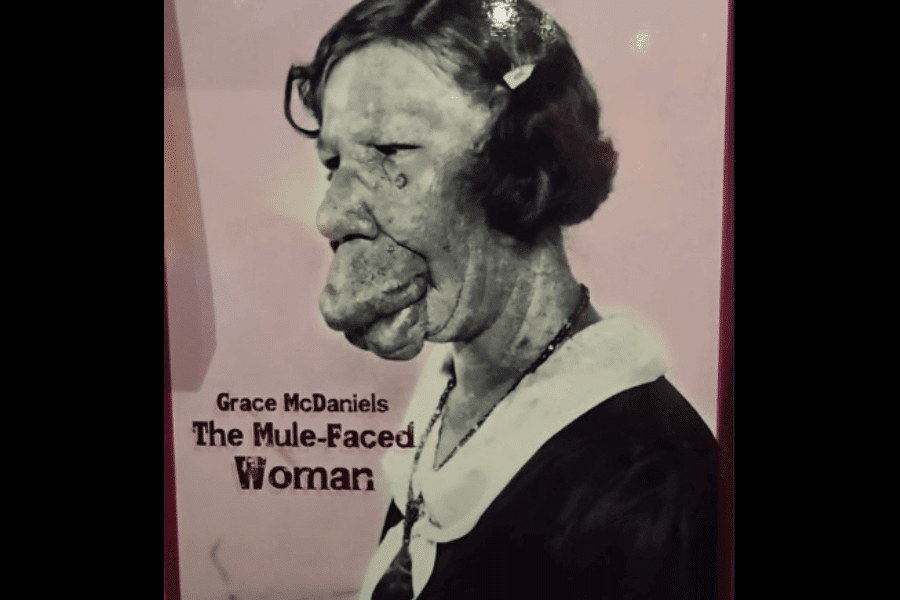
Grace McDaniels matters because she lived boldly in a world that wished she’d disappear. Her story reminds us that visibility, even when painful, can be an act of defiance.
She made a life with what little the world gave her, not for applause, but for love. Not to inspire, but to survive—and in surviving, she inspired anyway.
Rewriting her name in history is giving her what she never asked for but always deserved: to be remembered not for her face but for her grace.
